J-STORIES - 夜間の観光振興の切り札として、東京都が都庁の壁面に巨大なプロジェクションマッピングの上映を今年2月に開始して以降、プロジェクションマッピングの上映は東京の新たな観光名所として定着しつつある。
「ゴジラ都庁襲来」などの人気コンテンツがけん引役となり、これまでに海外旅行者を中心に35万人以上の訪問客を集めている。
9月末からは海外でも人気のゲームキャラクター「パックマン」をテーマにした作品が上映され、11月にはゴジラの続編が予定されるなど今後も注目作が控えている。
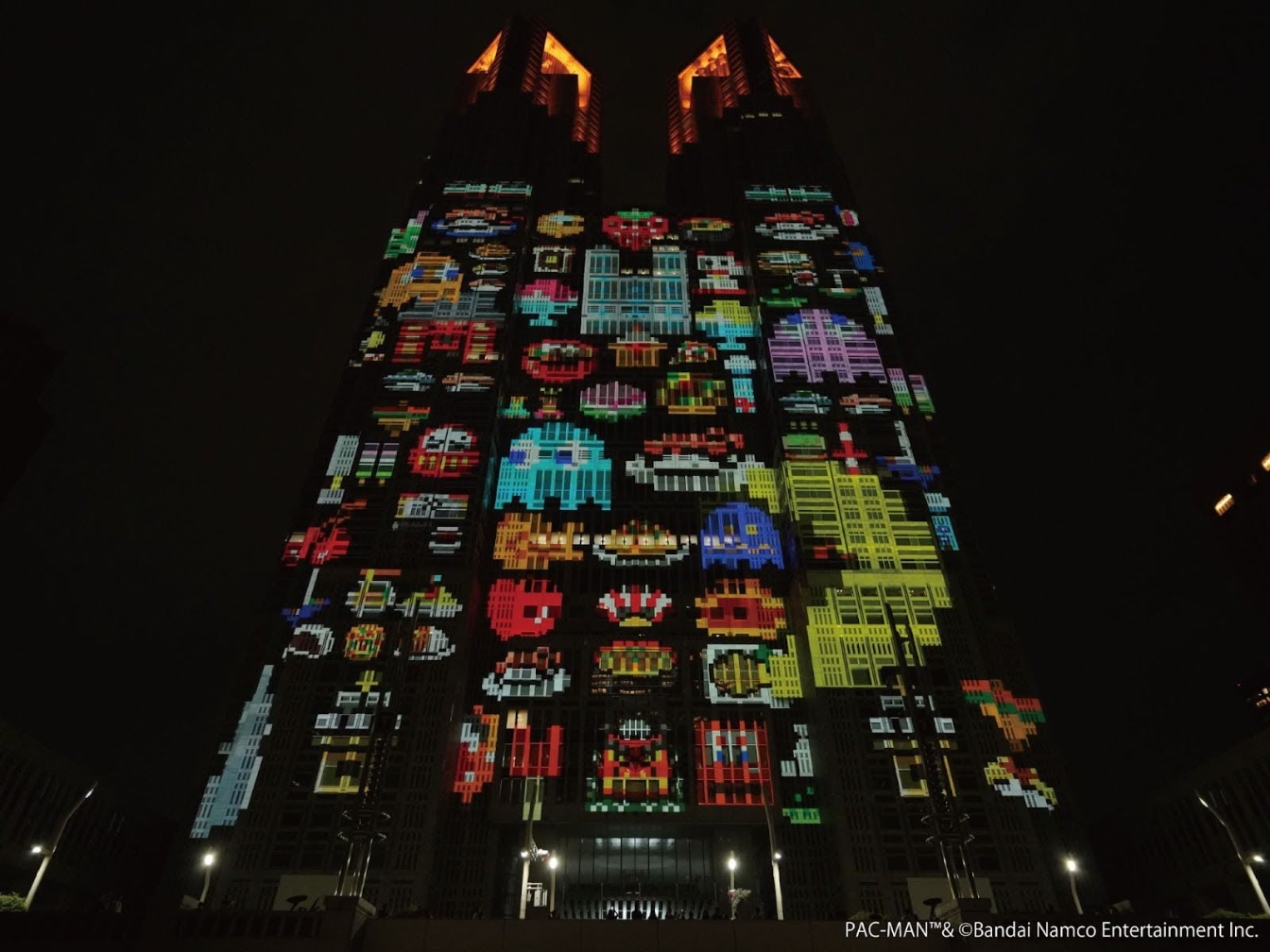
こうした中、東京をプロジェクションマッピングの中心地とすべく、世界からトップクリエイターを集めて世界最大級のプロジェクションマッピング国際大会が9月に開催された。
11月には今年度を含む過去4年間のグランプリ受賞作品が明治神宮外苑聖徳記念館にて開催予定だ。
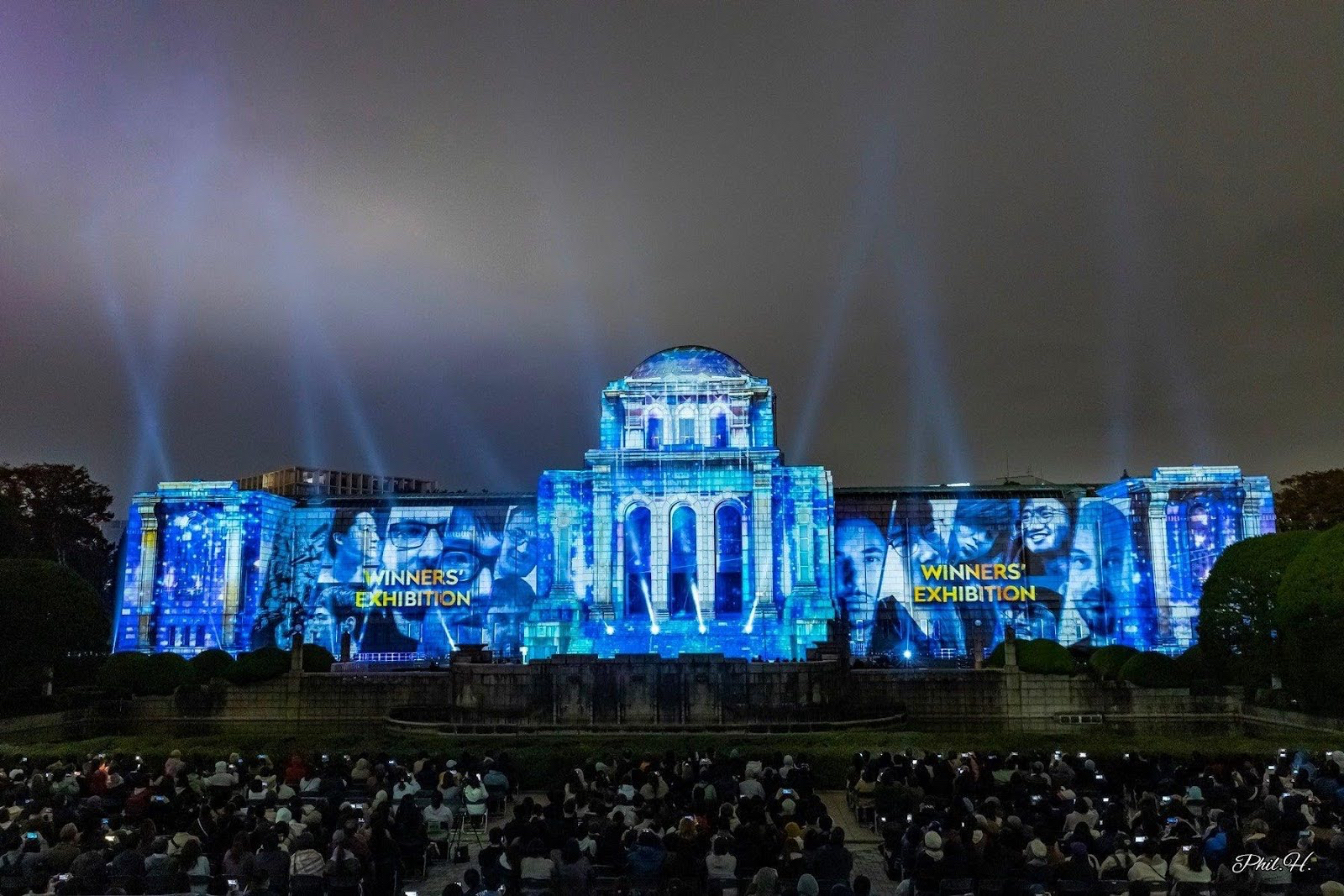
国際大会「1minute Projection Mapping Competition」は一般財団法人プロジェクションマッピング協会(本社:東京都渋谷区、代表理事:石多未知行)が2012年より企画開催しているもので、今年で12回目。
世界のトップクリエイターが集う国際大会といえば、フランスのリールなどヨーロッパでも盛んだが、同大会は歴史、規模、競われる技術レベルをとっても世界最高レベルとして高く評価されている。2024年度は世界56の国または地域から278組のエントリーが寄せられ、14か国、18組のクリエイターがファイナリストに選ばれた。
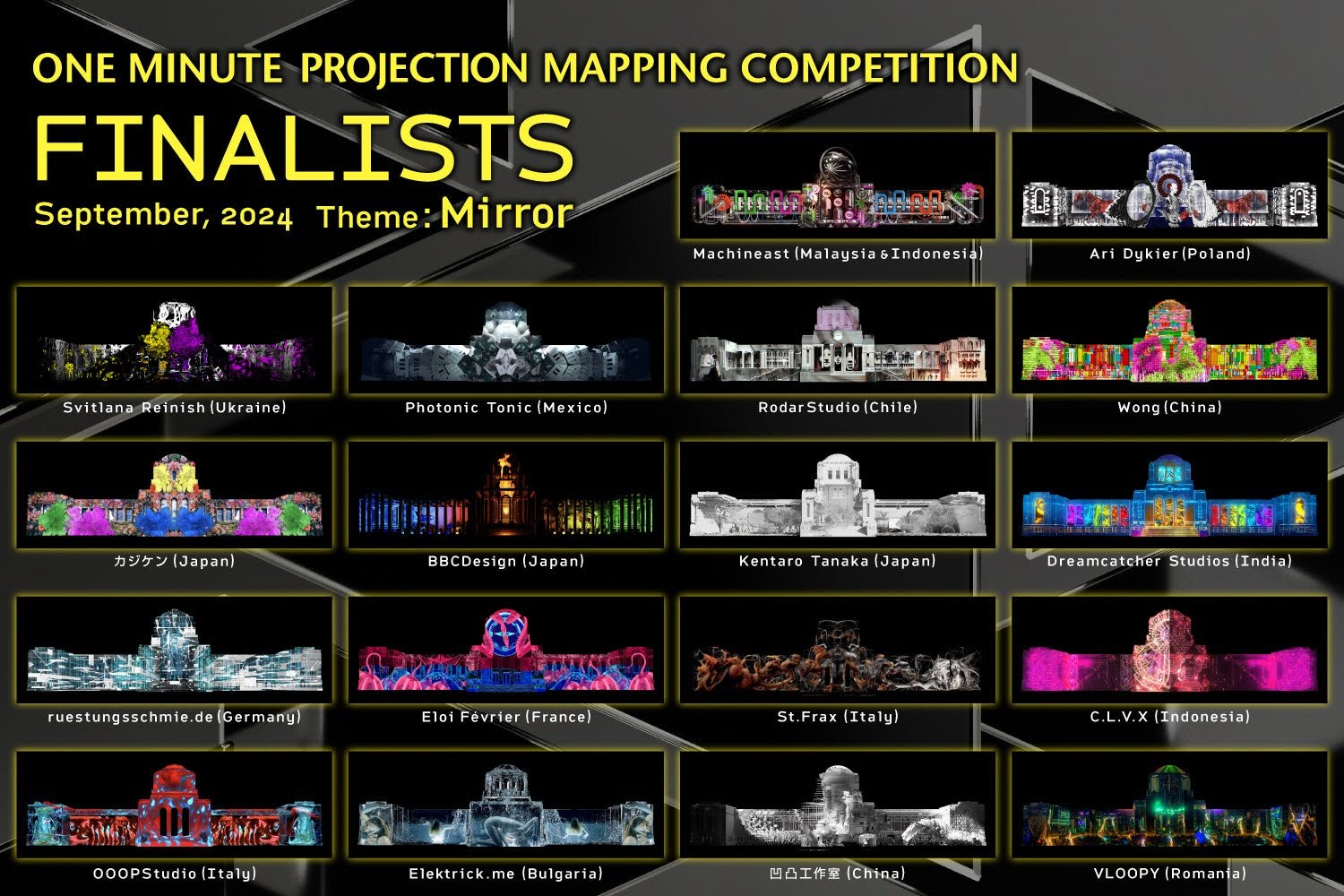
作品の長さは、1分から1分59秒まで。幅112メートル、高さ32メートルの巨大建造物(聖徳記念絵画館)をキャンバスに映像と、指定されるテーマ(今年は「鏡」)に沿った表現を競う。
大会には、プロアマ問わず参加が可能で、大会をきっかけに世界に知られるトップクリエイターが輩出される登竜門としても位置づけられている。
大会総合プロデューサーを務める石多末知行さんは、世界中から幅広いクリエイターに参加してもらう為に、作品を短い時間にするだけではなく、技術的なサポートも提供していると話す。
「3DCGのモデリングなどや制作の下準備など精度の高いテンプレートをすべてこちらで用意しているので、プロジェクションマッピングに初めての人でも挑戦しやすいし、クリエイターがなるべく表現に集中できるような段取りをしています」(石多さん)

実際に、今年度のグランプリは今回が初応募というグラフィックザイナー田中健太郎(Kentaro Tanaka) さん(24歳)の作品「Room 808」が選ばれた。田中さんには、受賞を受けて欧州の国際大会からの招待や、作品制作依頼の話があったという。
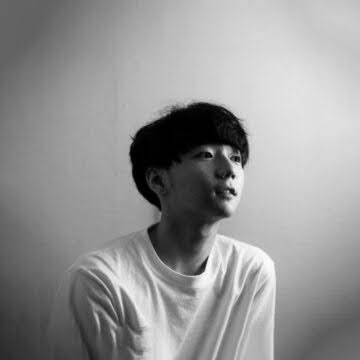
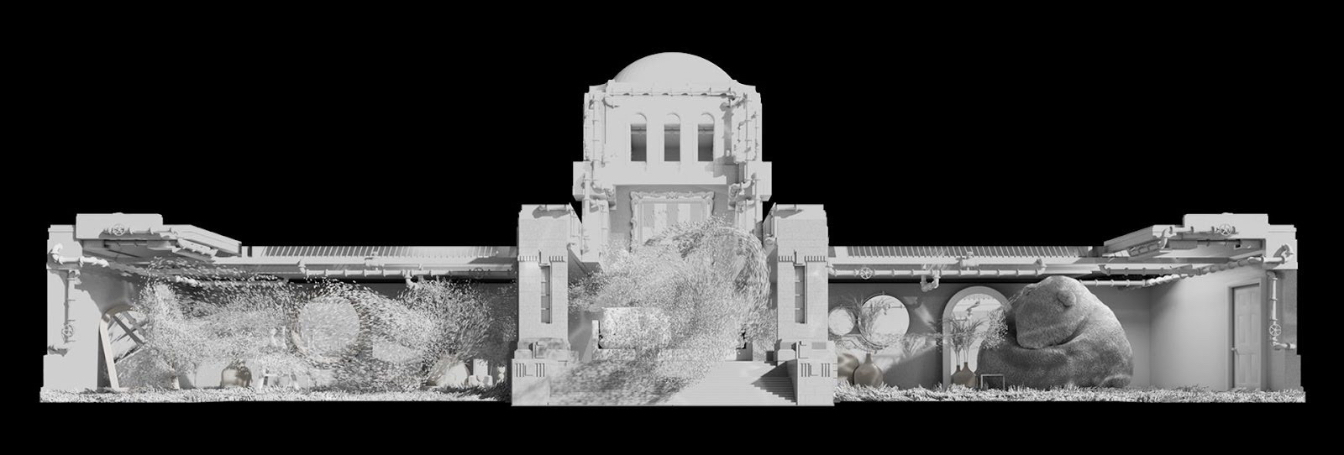
世界大会の審査基準は技術よりも斬新な表現や発想があるか

大会総合プロデューサーを務める石多末知行さんは、「一般の方には単純にプロジェクションマッピングの体験を楽しんでほしい」とする一方で、国際競技において重視されるのは、技術以上にそこに斬新な表現や発想があるかどうか、だと話す。
「(プロジェクションマッピングの表現)は、過去に多くのことが既に試みられています。プロジェクションマッピングらしい表現として共通言語となりつつあるのが、建物に投影した映像を立体的に見せることですが、未来の表現を考えるとそれを追求するだけでは限界があると思います。大会でクリエイターに期待しているのは、それを打破してくれる斬新な表現や発想です。」(石多さん)
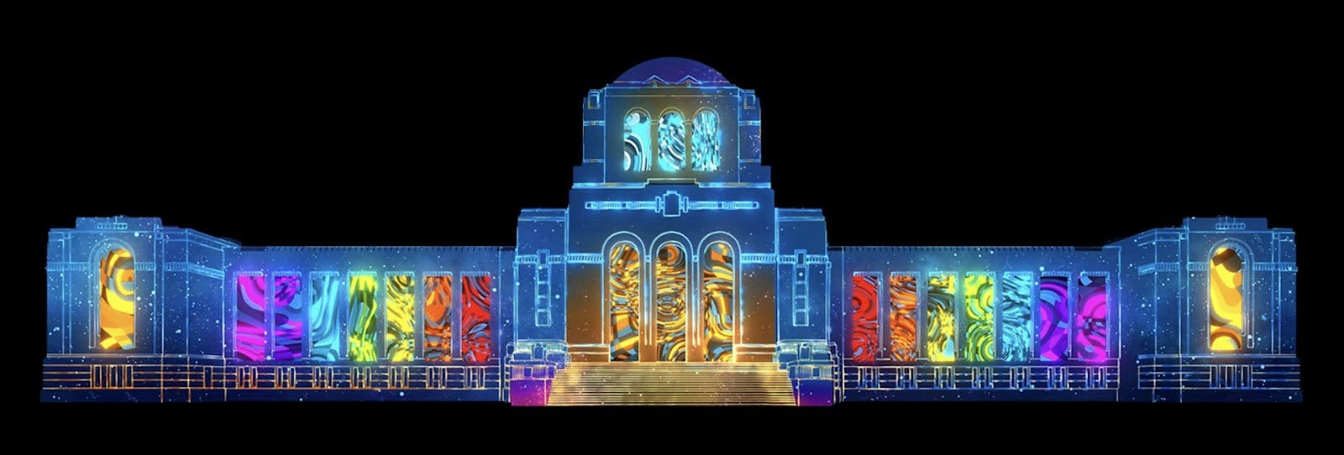
毎年、新しい技術革新や表現が生まれている今大会だが、意識しているのは「時代の半歩先をいった表現」を見せることだという。例えば、昨年度の優勝作品は、AIを大々的に使用していたため、審査員の間でその是非が議論となったが、最終的に受賞が決まった。
「今年は社会においてもAIを使うことが半ば当たり前になってきて、実際に応募作品の3分の1以上の作品に使われていました。しかし、AIの評価がまだ定まっていなかった昨年の段階で、AIを使った作品の是非をいち早く議論し、評価できたことに大会の意義があったと思います。」(石多さん)
ディズニーが元祖?プロジェクションマッピングの歴史
プロジェクションマッピングの歴史は意外に古い。一説には、1958年のブリュッセル万博で行ったチェコの舞台演出家による投影映像と実際のダンスを組み合わせたパフォーマンスがプロジェクションマッピングの原型だともいわれるが、一般的には1969年に米国カリフォルニア州のディズニーランドのアトラクション「ホーンテッドマンション」内に設置された胸像に映像を重ねた「不気味に喋る胸像」が元祖だとされている。
以降、世界各国の先鋭的なクリエイターによるプロジェクションマッピングの試みは続けられてきたたが、プロジェクションマッピングが幅広い層によって作成・投影されるようになったのは、パソコンなどの制作機器や投影装置が高精度化と同時に大量生産されて低価格化した90年代以降になってからである。特にヨーロッパなどの歴史的な建造物にプロジェクションマッピングが投影されることで、スクリーンに投影される映像とは異なる建造物の立体感を生かした斬新な映像表現の芸術性の深さが広く注目されるようになった。
そして2005年に登場したYOUTUBEなどの動画配信サービスの誕生で、作品がその場限りの体験ではなく、世界中への拡散が可能な作品となり、プロジェクションマッピングの知名度は飛躍的に広がった。今では世界中いたる場所で個性豊かなクリエイターが作品を作成し、世界各地の建造物などをキャンバスとして投影されるようになっている。
日本では2012年に東京駅駅舎で行われた大規模な投影イベントが話題となり、「市民権」を獲得したと言われている。
医療、教育、建築などの分野に応用も
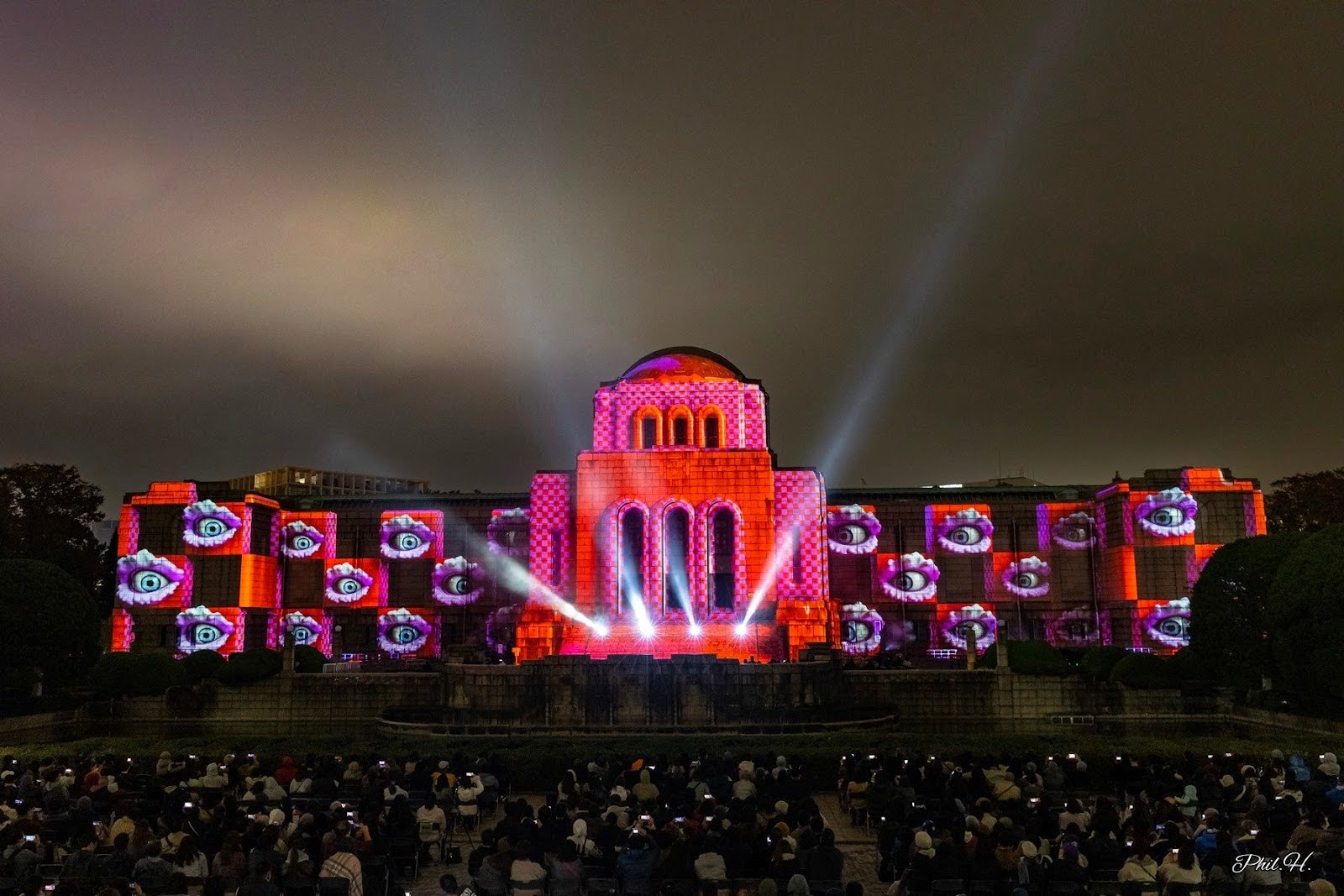
また近年では、エンターテイメント分野以外で、プロジェクションマッピングの技術が使われるようになってきた。例えば、手術前の体に内蔵の位置を示す映像を投影することで手術のサポートを行ったり、リハビリの際に投影された見ながら体を動かしたりなどといった医療・リハビリでの利用、工場のライン内で作業行程などを機材に直接投影する製造業での利用、プログラミングなどと組み合わせた教育現場での利用などである。
「オペラ、演劇などのエンターテイメントはもちろん、今ではあらゆるフィールドに入り込み始めていて、プロジェクションマッピング単体だけで見せることは、むしろ少なくなっています。今後は複合的なツールの一つとして他の表現といかにミックスしていくかが重要になってくると思います。」(石多さん)
過去に行われたイベントでは、プロジェクションマッピングにムービングライトや、レーザー光線を絡めたエキシビジョンが行われているが、今後はセンサーなどを利用したインタラクティブでゲーム性のあるプロジェクションマッピングなども検討されているという。
「みんなが家の電気を消してプロジェクションマッピングを身に来たら・・・」
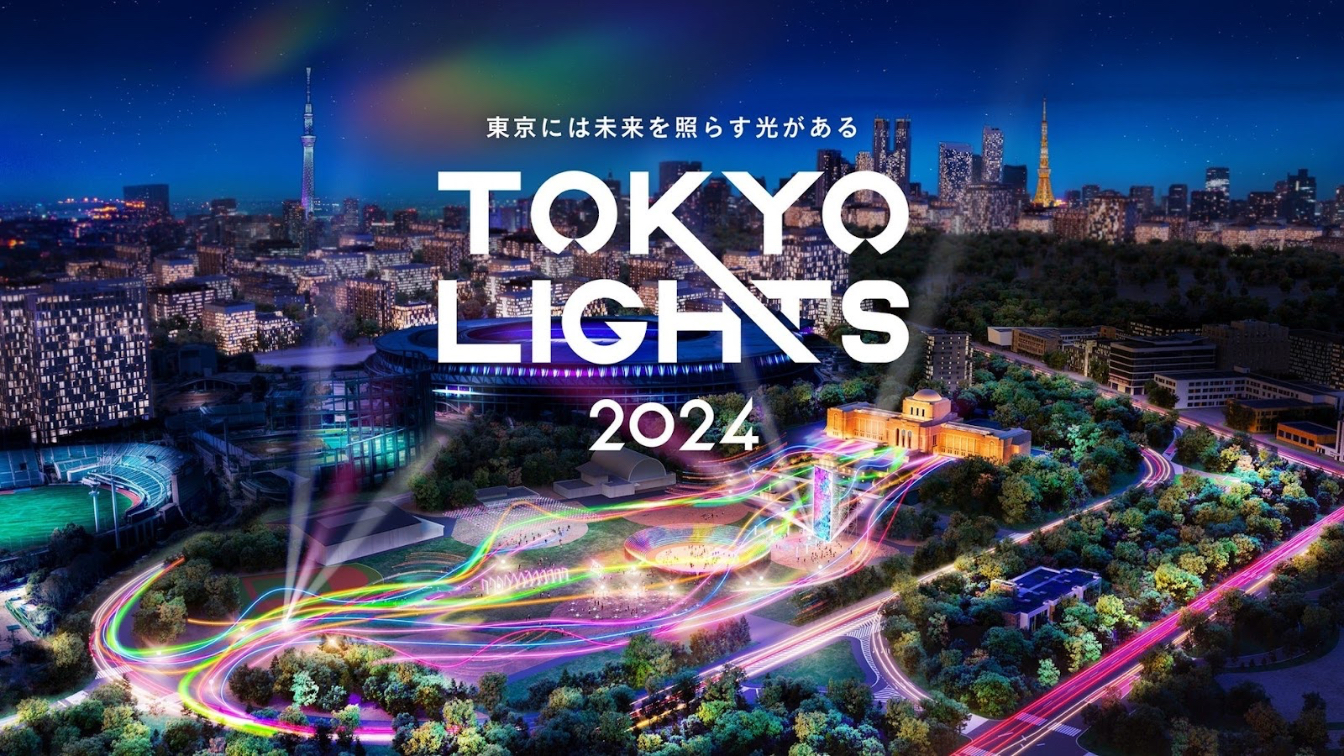
一方で、東京都庁の壁面を使って、公費を使ったプロジェクションマッピングの投影を始めて以来、SNSなどでは、プロジェクションマッピングに対して「費用や電力の無駄遣い」などと批判的な投稿もみられる。東京都は、こうした批判に対して東京をプロジェクションマッピングの聖地とし、新たな夜間観光の盛り上げにつなげるため、日本の誇るデジタル技術を最大限に活用しており、実際に経済波及効果は、令和5年度の事業予算額7億円の約2.5倍にあたる18 億円と試算されているという。
実際に、オーストラリアのシドニーやフランスのリヨンなどで閑散期の冬に観光客向けに行われるイルミネーションやプロジェクションマッピングを利用したイベント(光のフェスティバル)では、数百万人規模の観光客を集めて人気を博している例もある。
今回の国際大会も、東京の新しい魅力ある夜のコンテンツを創出すべく企画された光のエンターテイメントイベント「TOKYO LIGHTS」のメインコンテンツ として採用されている。
一方で、大会総合プロデューサーの石多さんは、プロジェクションマッピング国際大会がスタートする前年に起きた東日本大震災の時以来、費用や、電力を使用とするプロジェクトマッピングという表現の是非についてずっと考え続けてきた、と語る。
「あの時(東日本大震災)以降、プロジェクションマッピングで無駄な電気を使うなっていう批判は当時も今もあります。もちろん、再生エネルギーを使用するなど真剣に考えなければいけない問題です。ただ、プロジェクションマッピングを一万人が見に集まってきた時に、みんなが家の電気を消していたらどうでしょうか?そう考えれば、経済合理性も一つ成り立っているかもしれないとも思えます。
そしてなによりも、例えば古びてしまった建物を変えることなく、映像を投影することで、新しいものを提示できるように、本来ネガティブだったものをポジティブに、多くの人に受け入れられるように変えていくことができる、そんなポテンシャルがこの表現にはあると思っています」。
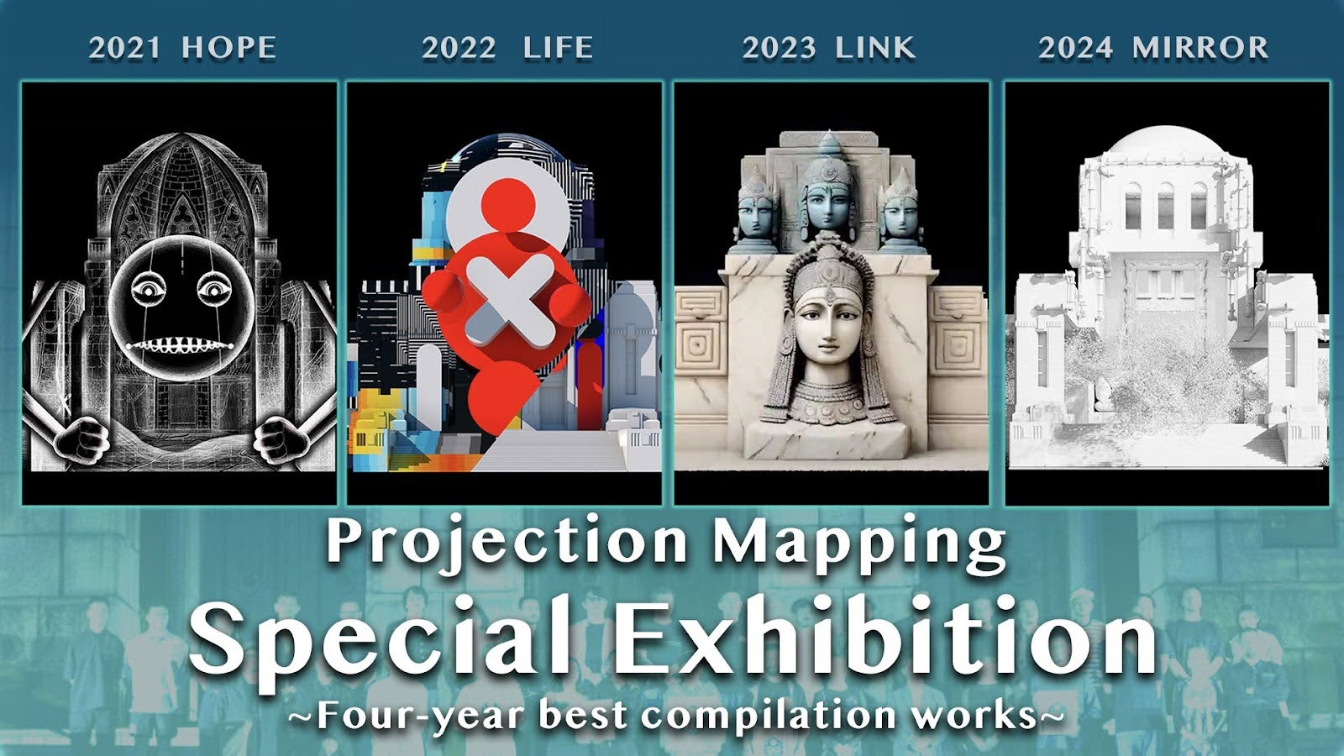
11月7日から10日まで、2024年度を含む過去4年間のグランプリ受賞作品が明治神宮外苑聖徳記念館で投影されるイベント開催が予定されている。
詳しくはこちら。
記事:一色崇典
トップ写真 提供:プロジェクションマッピング協会
この記事に関するお問い合わせは、jstories@pacificbridge.jp にお寄せください。
***
本記事の英語版は、こちらからご覧になれます。

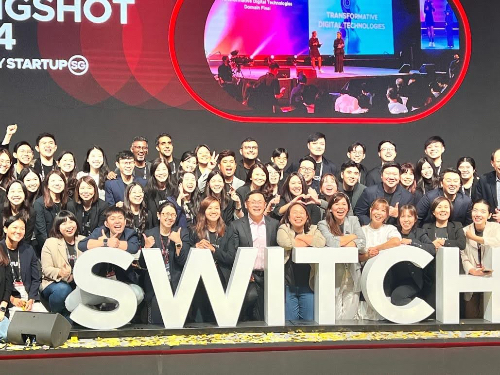
![[Podcast] 日本で外国人がスタートアップを成功させるには](https://storage.googleapis.com/jstories-cms.appspot.com/images/1727340966966building-a-start-up-in-japan_smallthumbnail.jpg)

_bigthumbnail.jpeg)





![[PODCAST] 外国人創業者が変える日本のスタートアップの形 (Part 7)](https://storage.googleapis.com/jstories-cms.appspot.com/images/1763538829673unnamed_bigthumbnail.jpg)
![[PODCAST] 外国人創業者が変える日本のスタートアップの形 (Part 6)](https://storage.googleapis.com/jstories-cms.appspot.com/images/1763000777388unnamed_bigthumbnail.jpg)




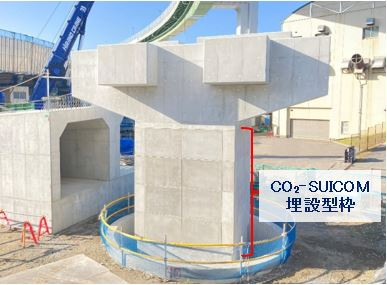


![[PODCAST] 如何打造成功的新創企業社群(第2集)](https://storage.googleapis.com/jstories-cms.appspot.com/images/1748493203370business-man-holding-light-bulb-social-network-2024-10-31-22-37-36-utc_smallthumbnail.jpg)


